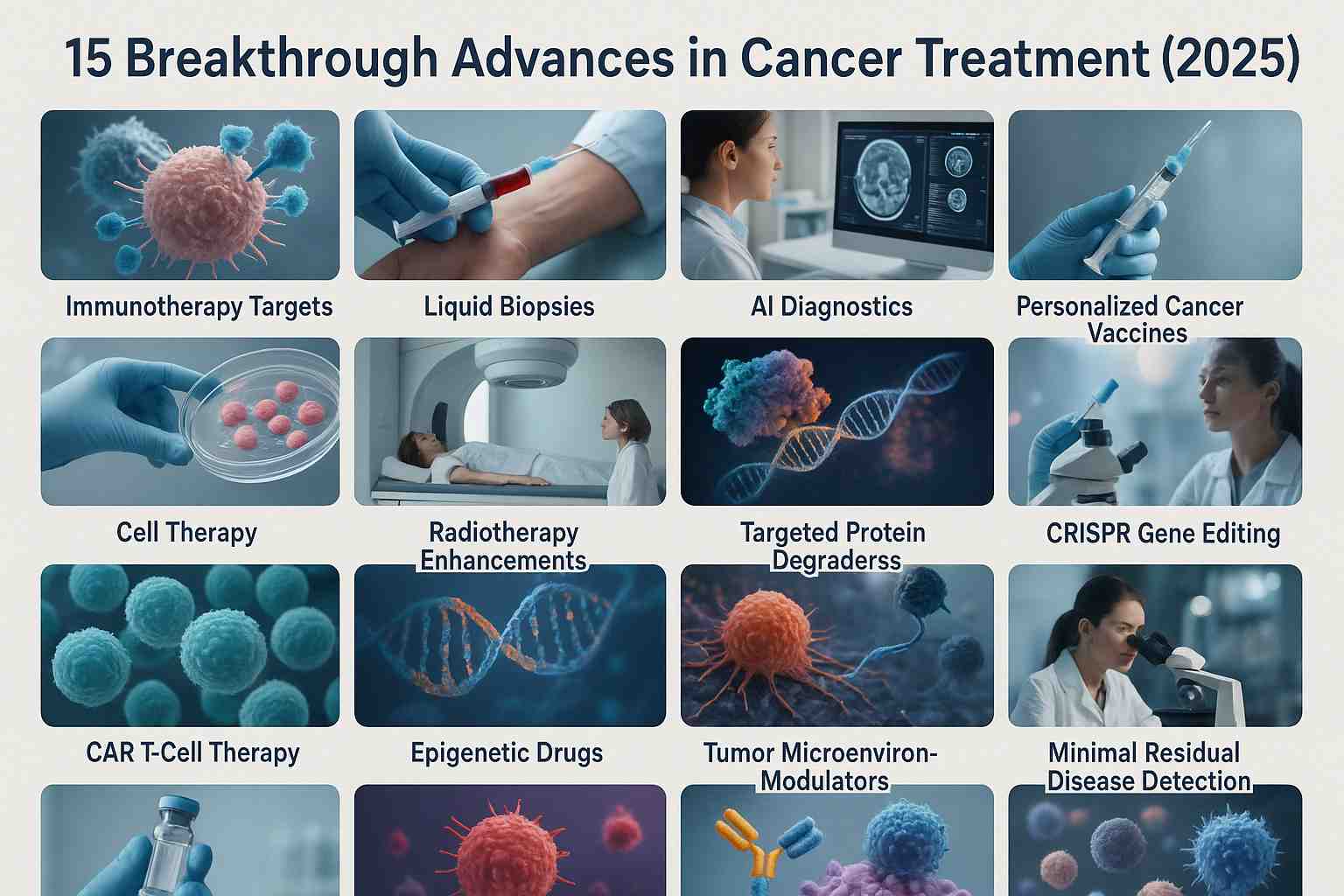Cancer treatment has undergone revolutionary changes in recent years, offering new hope and better outcomes for millions. Innovations range from more targeted therapies and personalized medicine to cutting-edge technology like artificial intelligence and immunotherapy. These advances are not only improving survival rates but also enhancing the quality of life during and after treatment. Understanding the latest developments helps shed light on where cancer care is headed and what options are increasingly available worldwide.
1. Immunotherapy: Training the Immune System
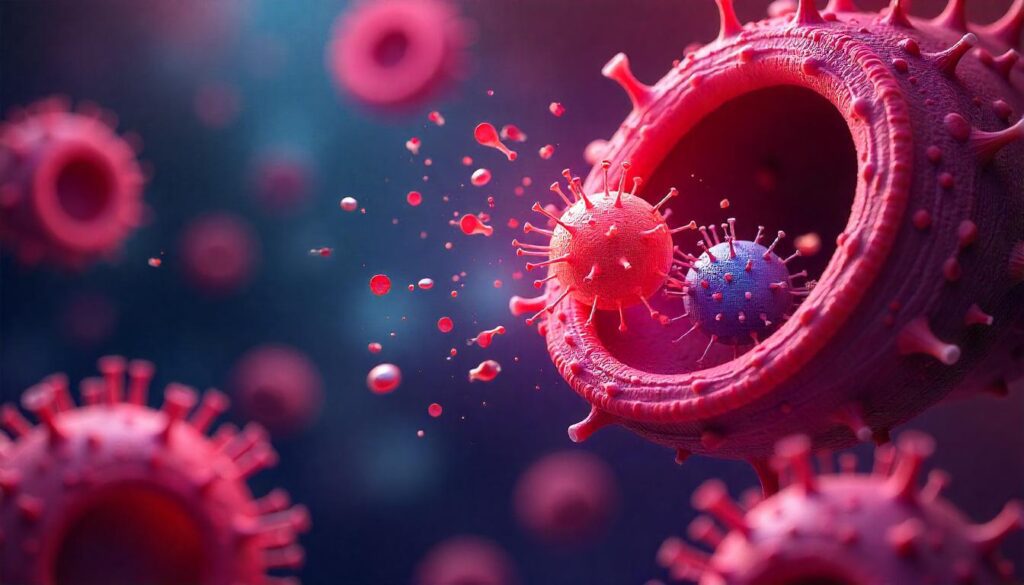
Immunotherapy leverages the body’s natural defenses to recognize and attack cancer cells more effectively. This approach includes checkpoint inhibitors, CAR T-cell therapy, and monoclonal antibodies. Drugs like pembrolizumab and nivolumab have shown impressive results, particularly in cancers such as melanoma and lung cancer. These therapies can work where chemotherapy fails, sometimes leading to long-lasting remission. A significant advantage is the potential for fewer side effects compared to traditional treatments, though not all patients respond equally. Immunotherapy is continuously being improved and expanded to treat more cancer types. Learn more from the American Cancer Society.
2. Precision Medicine: Tailoring Treatment to DNA
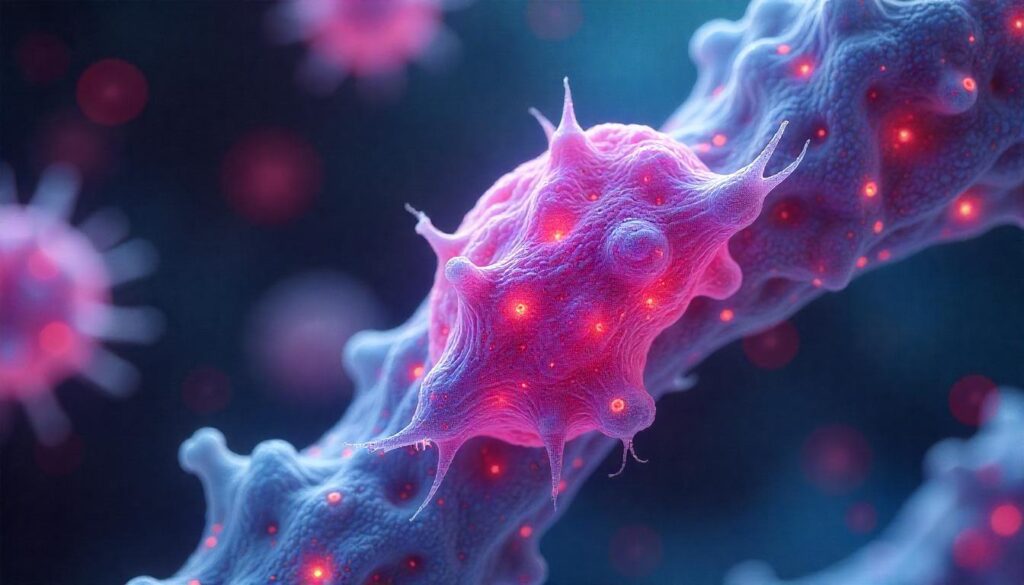
Precision medicine involves analyzing a patient’s genes, proteins, and environment to create a customized treatment plan. This method allows doctors to select therapies most likely to be effective for a specific cancer based on its unique genetic makeup. For example, women with certain types of breast cancer may receive drugs like trastuzumab (Herceptin) if their tumors test positive for the HER2 gene. This personalized approach reduces trial-and-error and minimizes unnecessary side effects. More from the National Cancer Institute.
3. Targeted Therapy: Zeroing In on Cancer
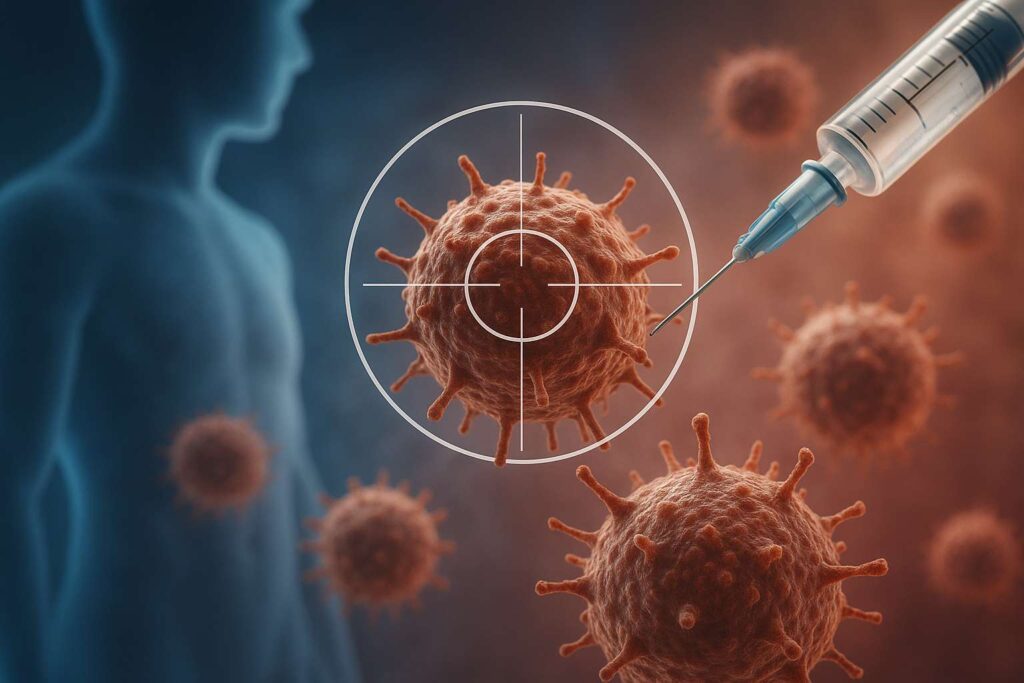
Targeted therapy uses drugs that focus on specific genes or proteins involved in cancer growth. Unlike chemotherapy, which affects all rapidly dividing cells, targeted therapies home in on cancer’s weak points. For instance, tyrosine kinase inhibitors such as imatinib (Gleevec) have dramatically improved outcomes for patients with chronic myeloid leukemia (CML). These medications often cause fewer side effects and can be combined with other treatments for better results. Details at Cancer Research UK.
4. Minimally Invasive Surgery: Less Trauma, Faster Recovery

Surgical techniques have advanced with minimally invasive options such as laparoscopic and robotic-assisted surgery. These procedures use small incisions, cameras, and specialized tools, resulting in less pain, reduced blood loss, and quicker recovery times. In many cases, patients can return home sooner and experience fewer complications. Robotic surgery is particularly useful for prostate, gynecologic, and certain gastrointestinal cancers. Cleveland Clinic on minimally invasive surgery.
5. Proton Therapy: Pinpointing Radiation
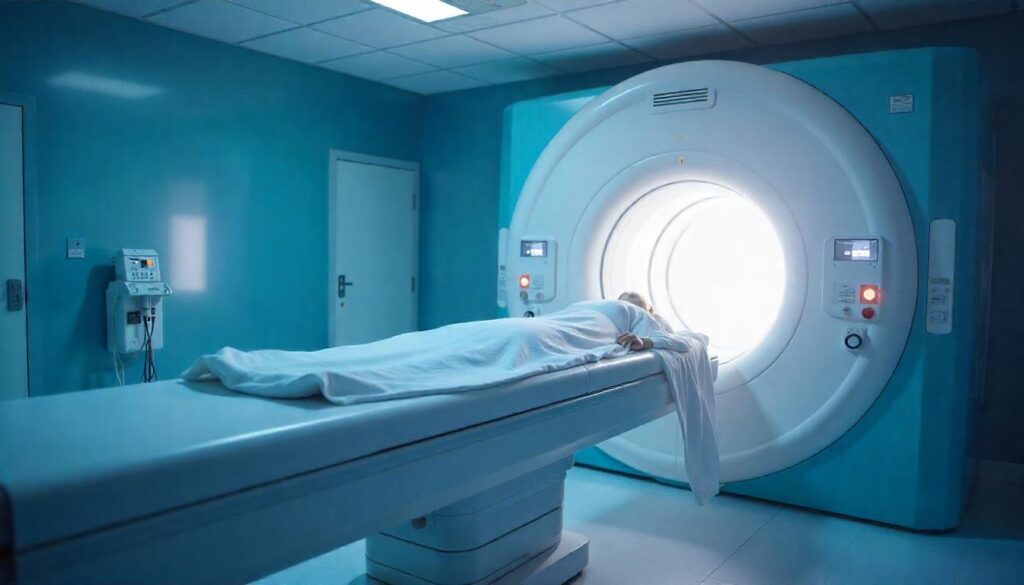
Proton therapy is a highly precise form of radiation that targets tumors while sparing surrounding healthy tissue. This technique is especially beneficial for cancers in sensitive areas like the brain, spine, and pediatric tumors. Because it delivers less radiation to non-cancerous tissue, proton therapy often causes fewer side effects than traditional radiation. However, access can be limited due to cost and specialized equipment. More from the Mayo Clinic.
6. Liquid Biopsies: Easier and Earlier Detection

Liquid biopsy is a non-invasive method that detects cancer-related DNA fragments in blood samples. It enables early diagnosis, monitors treatment response, and tracks relapse—all with a simple blood draw. This innovation is rapidly becoming part of routine care for cancers like lung, breast, and colon. Liquid biopsies can guide treatment adjustments in real time, offering personalized care with minimal discomfort. More from Nature News.
7. Artificial Intelligence (AI): Smarter Diagnoses and Predictions

AI-powered tools are transforming oncology by analyzing medical images, predicting treatment outcomes, and identifying patterns that might be missed by human eyes. For example, AI can help radiologists spot tumors on scans earlier or match patients to suitable clinical trials based on their data. AI also speeds up drug discovery by simulating how new compounds might work against specific cancer cells. Insights from Forbes.
8. Combination Therapies: Attacking from All Angles
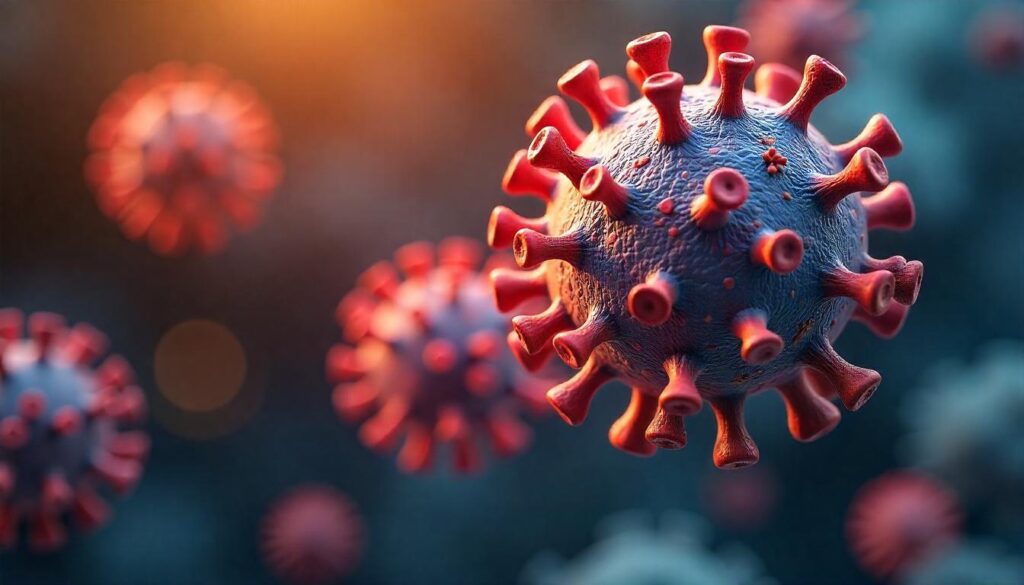
Doctors increasingly combine multiple treatments, such as chemotherapy, immunotherapy, and targeted therapy, to outsmart cancer’s ability to adapt. For instance, combining immune checkpoint inhibitors with targeted drugs has improved survival for certain lung cancers. By using different methods at once, combination therapy can shrink tumors more effectively and prevent resistance. Harvard Health on combination therapy.
9. Adaptive Radiation Therapy: Personalized in Real Time

Adaptive radiation therapy uses advanced imaging and computing to adjust the radiation dose and target area during the treatment course. This allows for more precise delivery and can adapt to changes in tumor size or position. The result is a more effective treatment with fewer side effects. Modern cancer centers are increasingly adopting this approach for hard-to-treat cancers. More at MD Anderson Cancer Center.
10. Cancer Vaccines: Preventing and Treating

Vaccines are not just for prevention—some can help treat existing cancers by stimulating the immune system. The HPV vaccine has reduced cervical and other cancers caused by the virus. Experimental therapeutic vaccines are now being tested to treat cancers like melanoma and prostate cancer by targeting tumor-specific antigens. Success in this field could reshape how we approach both cancer prevention and therapy. CDC on cancer vaccines.
11. Nanotechnology: Delivering Drugs Precisely
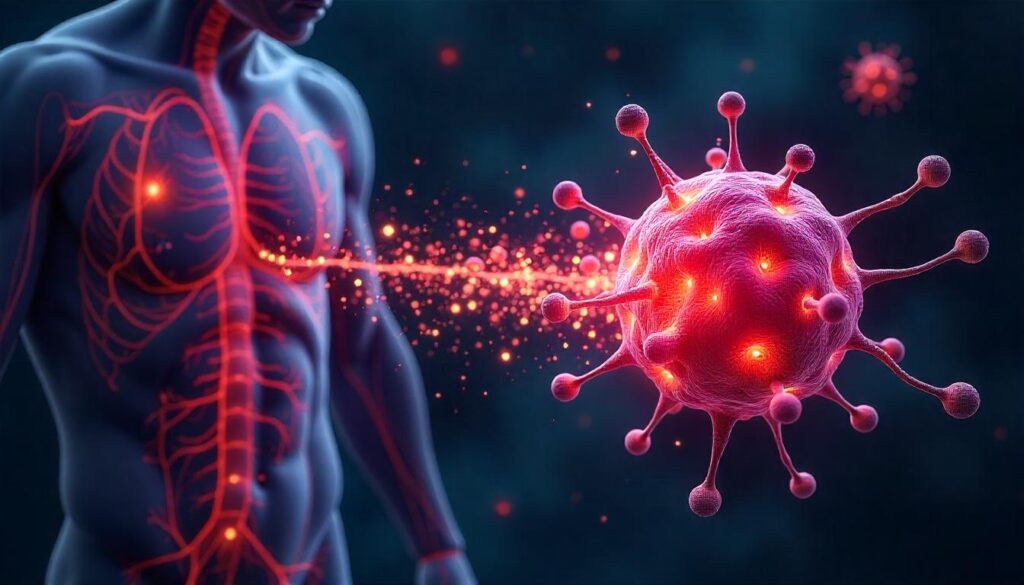
Nanotechnology uses ultra-small particles to deliver cancer drugs directly to tumor sites. This precision minimizes damage to healthy tissues and can help drugs bypass the body’s natural defenses that often block chemotherapy. Examples include nanoparticle-based delivery of doxorubicin for breast cancer. Research is ongoing, but nanotechnology promises to make treatments more effective and less toxic. National Cancer Institute: Nanotechnology.
12. Telemedicine: Accessing Care Remotely

Telemedicine enables patients to consult with oncology specialists without traveling, ensuring timely access to expert advice and follow-ups. During the COVID-19 pandemic, telehealth became crucial for ongoing cancer care, reducing infection risk and improving convenience for those living far from treatment centers. Remote monitoring tools also allow for real-time updates on patient symptoms and side effects. American Society of Clinical Oncology on telemedicine.
13. Biomarker Testing: Guiding Treatment Choices

Biomarkers are molecules found in blood, other body fluids, or tissues that provide information about cancer type and aggressiveness. Testing for biomarkers, such as EGFR mutations in lung cancer, guides doctors in choosing the most effective targeted therapies. The field is rapidly growing, allowing for highly personalized treatments and better outcomes. FDA: Biomarker Qualification.
14. Personalized Supportive Care: Improving Quality of Life

Modern cancer care goes beyond simply treating tumors. Advances in supportive care—like better pain management, nutrition, mental health support, and managing side effects—are essential for long-term survival and quality of life. Integrative care teams offer holistic support, combining medication with therapies such as acupuncture or mindfulness, all tailored to individual needs. National Comprehensive Cancer Network: Supportive Care.
15. Clinical Trials: Access to Cutting-Edge Treatments

Clinical trials give patients access to the latest experimental therapies and are often the first step in approving new treatments. Participation can provide hope when standard therapies are not effective, and patients help advance the science for future generations. With better trial design and more inclusive enrollment, today’s clinical trials are safer and more relevant than ever. ClinicalTrials.gov.
Disclaimer: This article is for informational purposes only and does not constitute medical advice. Always consult a qualified healthcare professional before making decisions about cancer treatment.

